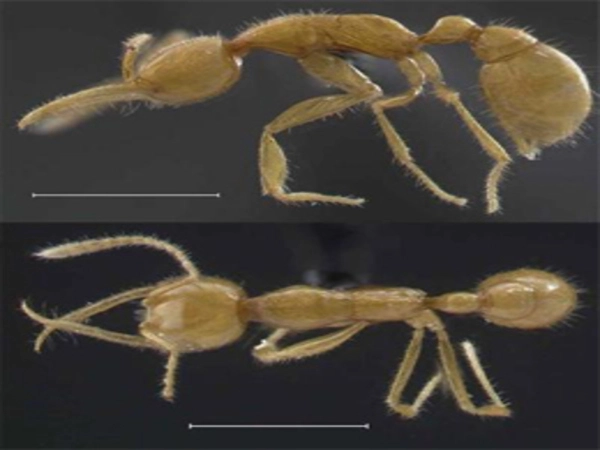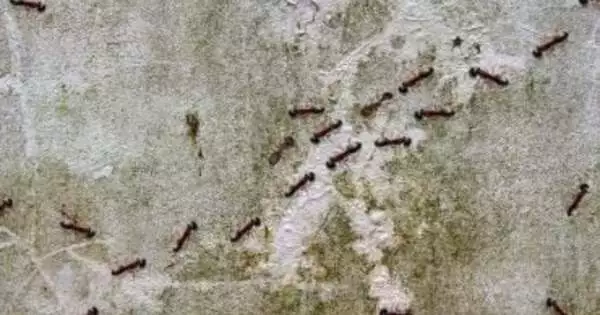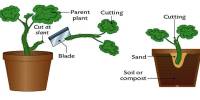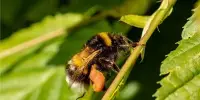Ants are fascinating creatures with complex social structures and behaviors. Scientists have made significant discoveries about the neurochemistry of ants over the years, shedding light on the mechanisms underlying their behavior and communication.
Ant brains are incredibly sophisticated organs that allow them to coordinate complex behavior patterns such as colony organization. Now, a team of researchers led by Christian Gruber of the Institute of Pharmacology at MedUni Vienna has developed a method for studying ant brain chemistry and gaining insights into the insects’ neurobiological processes. The findings could aid in explaining the evolution of social behavior in the animal kingdom, as well as shed light on the biochemistry of certain hormone systems that have evolved similarly in ants and humans.
For the study, the researchers used a combination of high-resolution mass spectrometry imaging (MSI) and micro-computed tomography (µCT) to map the three-dimensional distribution of neuropeptides in the brains of two ant species: the leafcutter ant (Atta sexdens) and the black garden ant (Lasius niger).
Our method opens up new perspectives for studying the brains of social insects and better understanding the functioning of nervous systems where chemistry and anatomy are perfectly aligned.
Benedikt Geier
Researchers from MedUni Vienna, Bremen’s Max Planck Institute for Marine Microbiology, and the University of Bremen have developed a new method for studying the brains of social insects, which are only a few millimetres in size. Their approach could be pivotal in future research into fundamental neurobiological processes. The method incorporates three-dimensional chemical data into a high-definition anatomical model, allowing for unbiased visualization of three-dimensional neurochemistry in its specific anatomical environment.
The study, which was published in the journal PNAS Nexus, found that some ant peptides, such as the tachykinin-related peptides TK1 and TK4, are widely distributed in many areas of both species’ brains, whereas others, such as myosuppressin, are only found in specific regions. The researchers also noticed differences between the two species – a large number of peptides were found in the optic lobe of L. niger, but only one (an ITG-like peptide) was identified in the same region in A. sexdens.

The use of a correlative approach to data analysis is a key feature of the new method. This means that 3D maps of neuropeptide distribution and 3D anatomical models are precisely collated, resulting in two maps that aid in navigating the ants’ brains. Each map contains unique information, which is essential for studying organs with high plasticity, such as the brains of social insects, which are notoriously difficult to study due to the complex division of labor and caste system in ant colonies.
This approach represents a promising method for studying fundamental neurobiological processes by visualising distortion-free 3D neurochemistry in its own complex anatomical environment, building on previous studies of MS imaging of neuropeptides in invertebrate model systems.
“These findings have the potential to fundamentally alter how complex neurobiological processes are studied. Our method opens up new perspectives for studying the brains of social insects and better understanding the functioning of nervous systems where chemistry and anatomy are perfectly aligned,” said lead author Benedikt Geier, who collaborated with co-lead author Esther Gil Mansilla.
“Ants are a model species in neurobiology. Because of the extremely complex structures in ant colonies, this method could be used in the future to gain a better understanding of a variety of factors, such as the evolution of social behavior in the animal kingdom or the biochemistry of certain hormone systems that have evolved in a similar fashion in both ants and humans,” according to Christian Gruber.















